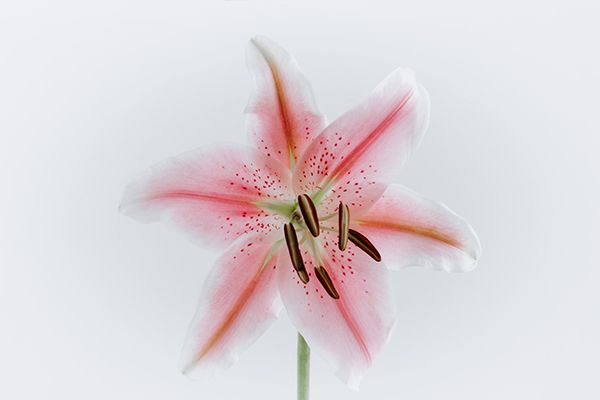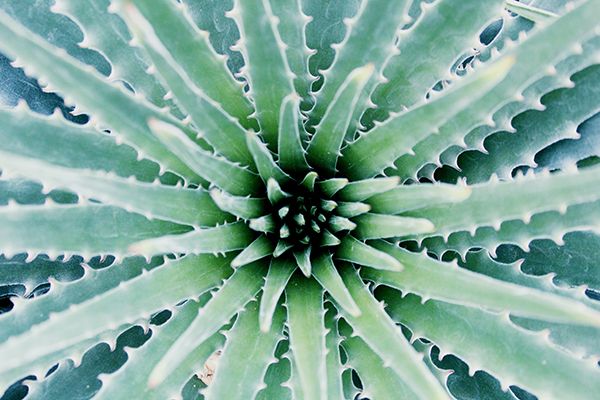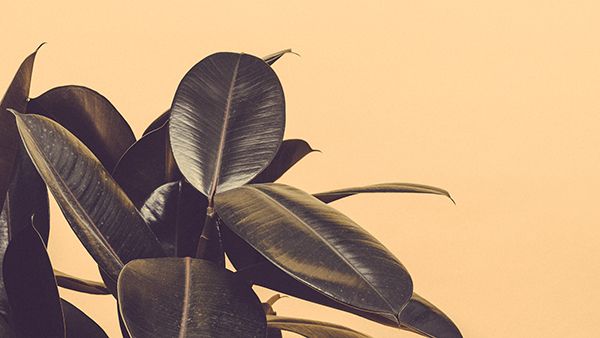In our humble opinion, plants and pets are what make a house a home. The problem is, they don’t always mix. If you have cats or dogs in your home, ensure you keep them away from these 7 toxic plants that are unsafe for pets.
Of course, these aren’t the only plants, flowers and greenery you need to keep out of reach from your pets. Vets these days are very hesitant on recommending ‘safe’ plants to have around pets at all, as all plants register as toxic to some degree, and every year plants once deemed safe become not safe.
According to Dr David Neck (ABC Life, 2019), veterinarian and vet clinic director:
“Each plant has the ability to poison a number of different systems in the body.”
To be on the safe side, it’s best to keep all plants and flowers out of reach from your fur babies. These are the 7 plants and flowers people tend to be the most shocked about to find are harmful to their feline or pooch.
7 Toxic Plants Unsafe for Pets & the Symptoms to Look Out For
1. Lilies
Types & other names for lilies:
- Stargazer
- Tiger lily
- Madonna lily
- Easter lily
- Golden-rayed lily
- Calla lily
- Peace lily
While lilies are known to be extremely dangerous, even fatal, for cats, many don’t know most types of lily are highly toxic to dogs too. There are a lot of different types of lily and they’re a popular, fragrant flower often given as gifts—so be mindful of who you gift them to.
Symptoms of consumption:
- Gastrointestinal upset (diarrhoea, vomiting, etc.)
- Tender stomach, indicating stomach pain
- Lack of appetite
- Difficulty breathing
- Tremors
- Organ failure
2. Aloe Vera
Types & other names for aloe vera:
- Aloe barbadensis
- Candelabra aloe
- Cape aloe
- Hedgehog aloe
- Tiger tooth aloe
- Mountain aloe
Aloe vera has a range of health benefits for humans but for pets, not so much. It gets even more confusing when you learn there are pet friendly products containing aloe. The reason the plant is so toxic is due to the white sap in the inner edges, known as latex. Before you use any aloe-based products on your pet, consult your vet.
Symptoms of consumption:
- Vomiting & diarrhoea
- Loss of appetite
- Depression
- Change in urine colour
- Tremors (a rarer symptom and indicates a large quantity was ingested)
3. Chinese Evergreens
Types & other names for Chinese evergreens:
- Aglaonema
- Painted drop-tongue
Chinese Evergreens are an extremely popular houseplant thanks to how easy they are to grow. And while they’re on a lower to mid-level of toxicity, you should definitely keep them away from your dogs and cats as a few nibbles can cause liver and kidney damage.
Symptoms of consumption:
- Pain and swelling of the mouth, tongue and lips
- Trouble swallowing
- Excessive drooling
- Vomiting
4. Cannabis
Types & other names for cannabis:
- Marijuana
- Hemp
- Cannabis Indica
Okay, technically you shouldn’t have this growing on your property anyway, but apparently, it’s one of the most treated cases of toxic plant poisoning vets see so we felt obliged to mention it. THC (or Delta-9-tetrahydrocannabinol) affects the neurological system of both dogs and cats and is extremely dangerous.
Symptoms of consumption:
- Lack of coordination
- Drooling
- Seizures
- Depression
- Possible coma or respiratory issues
5. Rubber Tree
Types & other names for rubber tree:
- Ficus elastica
- Rubber fig
- Rubber bush
- Rubber plant
- Indian rubber bush
The rubber tree is another popular indoor plant. There are several varieties, one of which is thought to be ‘safer’ than others, but will still cause an upset stomach if you pet consumes the ‘nontoxic plant’ variety. It’s best to keep any type of rubber tree well away from your four-legged pal.
Symptoms of consumption:
- Vomiting and/or diarrhoea
- Depression or lethargy
- Skin irritation
- Loss of appetite
- Drooling
6. Dumb Cane
Types & other names for dumb cane:
- Dieffenbachia
- Mother-in-law’s tongue
- Tropic snow
Popular for being able to grow in low-light environments, the dumb cane plant is known for causing swelling of the tongue and throat if consumed, even by humans. It’s even reported to have been fed to slaves as a form of punishment, back in the day. So, needless to say, keep it away from your pets.
Symptoms of consumption:
- Pawing at the mouth (indicating pain)
- Drooling
- Vomiting
- Loss of appetite
- Swelling of the upper airways (rare)
7. Daffodil
Types & other names for daffodil:
- Narcissus
- Trumpet narcissus
Daffodils, while pretty, contain lycorine, a compound that triggers vomiting, so yes, you definitely want to keep this toxic plant out of reach of your pet. The bulb itself has an outer layer containing crystals, which when consumed, cause severe irritation and drooling. Ingesting any part of the flower, especially the bulb, requires veterinary attention.
Symptoms of consumption:
- Drooling
- Vomiting and/or diarrhoea
- Increased heart rate
- Abnormal breathing
- Drowsiness
- Convulsions
What to Do if You Believe Your Pet Has Ingested a Toxic Plant
The second you know your pet has consumed a toxic plant (or any greenery it shouldn’t, for that matter) call your vet. They’ll advise whether to come in, and if the symptoms are severe, will give them time to prepare for you and your pet’s arrival.
Check out some of our other pet-related articles:
- Cat grooming tips to save yourself stress.
- 4 dangerous foods your dog can’t eat.
- Keep your dog cool this summer.
Find the best Vets in Australia
- Vets in Albury
- Vets in Alice Springs
- Vets in Ballina
- Vets in Batemans Bay
- Vets in Bathurst
- Vets in Bega
- Vets in Bundaberg
- Vets in Caboolture
- Vets in Cairns
- Vets in Central Coast
- Vets in Coffs Harbour
- Vets in Darwin
- Vets in Dubbo
- Vets in Gladstone
- Vets in Gold Coast
- Vets in Gosford
- Vets in Grafton
- Vets in Gympie
- Vets in Hervey Bay
- Vets in Kunda Park
- Vets in Lismore
- Vets in Mackay
- Vets in Maryborough
- Vets in Mount Isa
- Vets in Nambour
- Vets in Newcastle
- Vets in North Lakes
- Vets in Nowra
- Vets in Orange
- Vets in Parkes
- Vets in Port Macquarie
- Vets in Rockhampton
- Vets in Shellharbour
- Vets in Sunshine Coast
- Vets in Tamworth
- Vets in Taree
- Vets in Toowoomba
- Vets in Townsville
- Vets in Tweed Coast
- Vets in Tweed Heads
- Vets in Wagga Wagga
- Vets in Whitsundays
- Vets in Wodonga









